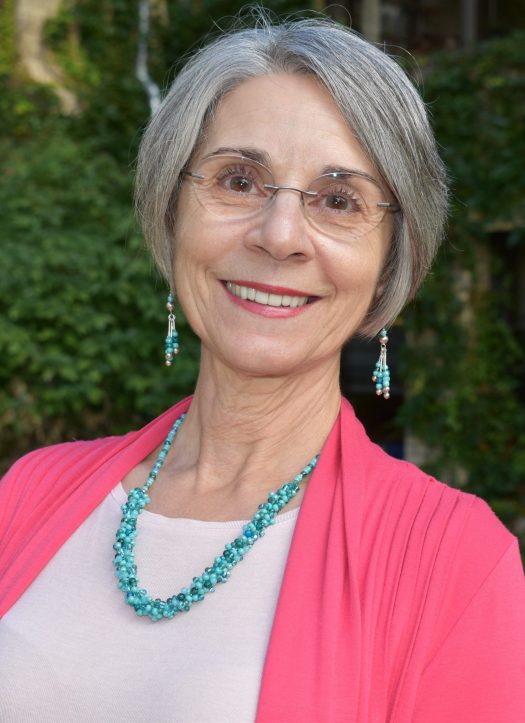by Joyce Serido, PhD, MBA
 A practitioner walks up to a researcher at a conference and says, “How can I use your research in my practice?”
A practitioner walks up to a researcher at a conference and says, “How can I use your research in my practice?”
As a financial behavior researcher, I am excited to teach people about the new and interesting findings in my field. Many practitioners, and most people, are less enthusiastic – I can tell from the blank stares and glazed expressions I get when I talk about my research. My spouse is more direct. “Why do I care about this”? “What does it mean for me”? “How can I use this information”? To be fair, I respond the same way when he talks about healthcare.
It isn’t because we think the information has no value to us. After all both topics are important everyday issues for most people. And it isn’t because we don’t appreciate the other’s expertise. We have different ways of looking at the issue and using the information. That’s the communication barrier.
But my research has a direct bearing on the work of practitioners. And I see value in bridging the research-practice gap. Yet our perspectives about financial behavior differ in three key ways:
- First, practitioners want to know what works; researchers want to know why things work.
- Second, practitioners want information that will help them serve their clients; researchers want to discover new knowledge.
- Third, practitioners want to know how to apply the information; researchers offer general implications for practice.
How can I, and other researchers, communicate our findings in ways that are useful to practitioners?
Many of the journals where we publish our research now require implications for practice. Unless researchers collaborate with practitioners, or have practiced, the implications are often vague. If you look at the AFCPE® How to Read Research Articles | Worksheet, the last step directs the practitioner to translate research implications into tools they can use in their practice. Unless you collaborate with researchers, or have conducted research yourself, I am guessing that this is a high hurdle to clear.
The point is, neither practitioners nor researchers working independently can bridge the gap. And it doesn’t require every researcher and practitioner to collaborate. But we have to start the conversation.
A practitioner walks up to a researcher at a conference and says, “I want to work with you to translate your research into tools I can use”….
Dr. Joyce Serido, Associate Professor and Extension Specialist in Family Social Science at the University of Minnesota-Twin Cities, studies financial behavior at the intersection of family and personal well-being. She received a PhD in family studies and human development from the University of Arizona and an MBA in finance from Seton Hall University. She is the principal investigator of Arizona Pathways to Life Success for University Students (APLUS), a longitudinal study of young adults and their finances. As an Extension Specialist and AFCPE® board member liaison for the Bridging the Gap Working Group, she works with educators and practitioners to develop materials on the connections between finances and young adult well-being.















